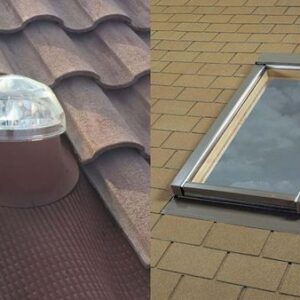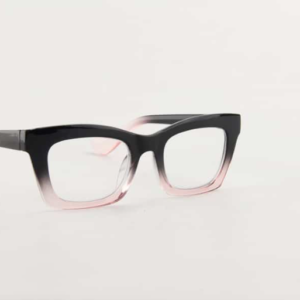[ad_1]
return the Formula 1 this weekend with a new season which starts in Bahrain after a long winter of waiting. The signing of Fernando Alonso by Aston Martin and his results in the pre-season tests at the wheel of the AMR23 have restored the illusion to those who dream of seeing ‘Magic’ proclaim themselves champion again. There are also many expectations placed on Carlos Sainz, who is facing a year in which he must take a step forward if he wants to win the World Cup.
For follow in detail what happens in each race and fully understand what is happening on the track or in the pits, it is best to know certain characteristic terms of the highest category of motorsport.
clean air and dirty air
Two widely used concepts that have a lot to do with the performance of the car. A car is said to be running on clean air when it drives through an area of the runway that is clear, that is, it does not follow the trail left by another car. On the contrary, that air is dirty if it is the one that another rival is leaving, since it is turbulent.
How does it affect the car? It hurts or benefits your aerodynamicssince running through dirty air causes instability in the car and prevents it from performing at its best on the track.
It cannot be confused in this section the recoil, which allows a driver to accelerate faster and achieve more speed on a straight with less air resistance. This strategy is sometimes used between teammates in ranks.
Beam wing, winglets and pontoons
The beam wing is an element that is closely related to dirty air. It is a small spoiler that is practically an extension of the diffuser and is located just below the rear wing. Help the car to have more cornering stabilitybut also prevents turbulence in the car behind.
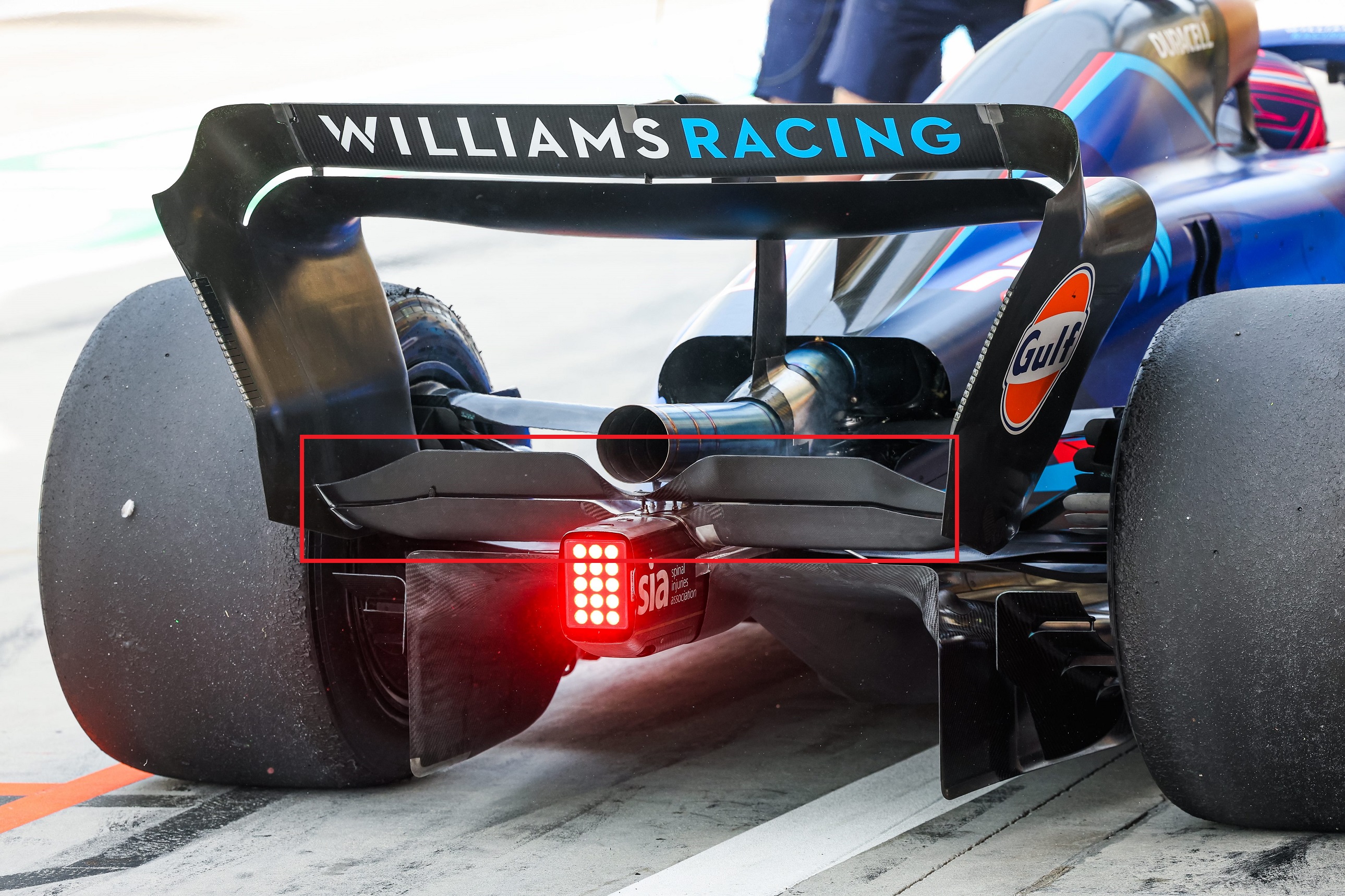
For their part, the winglets are about half ailerons Located on the inside side of the front wheels extending toward the beginning of the top of the tire. They have the function of cooling them and it depends on them that the car does not suffer from turbulence, since they redirect the air that comes from the front wing so that it does not reach the rear.
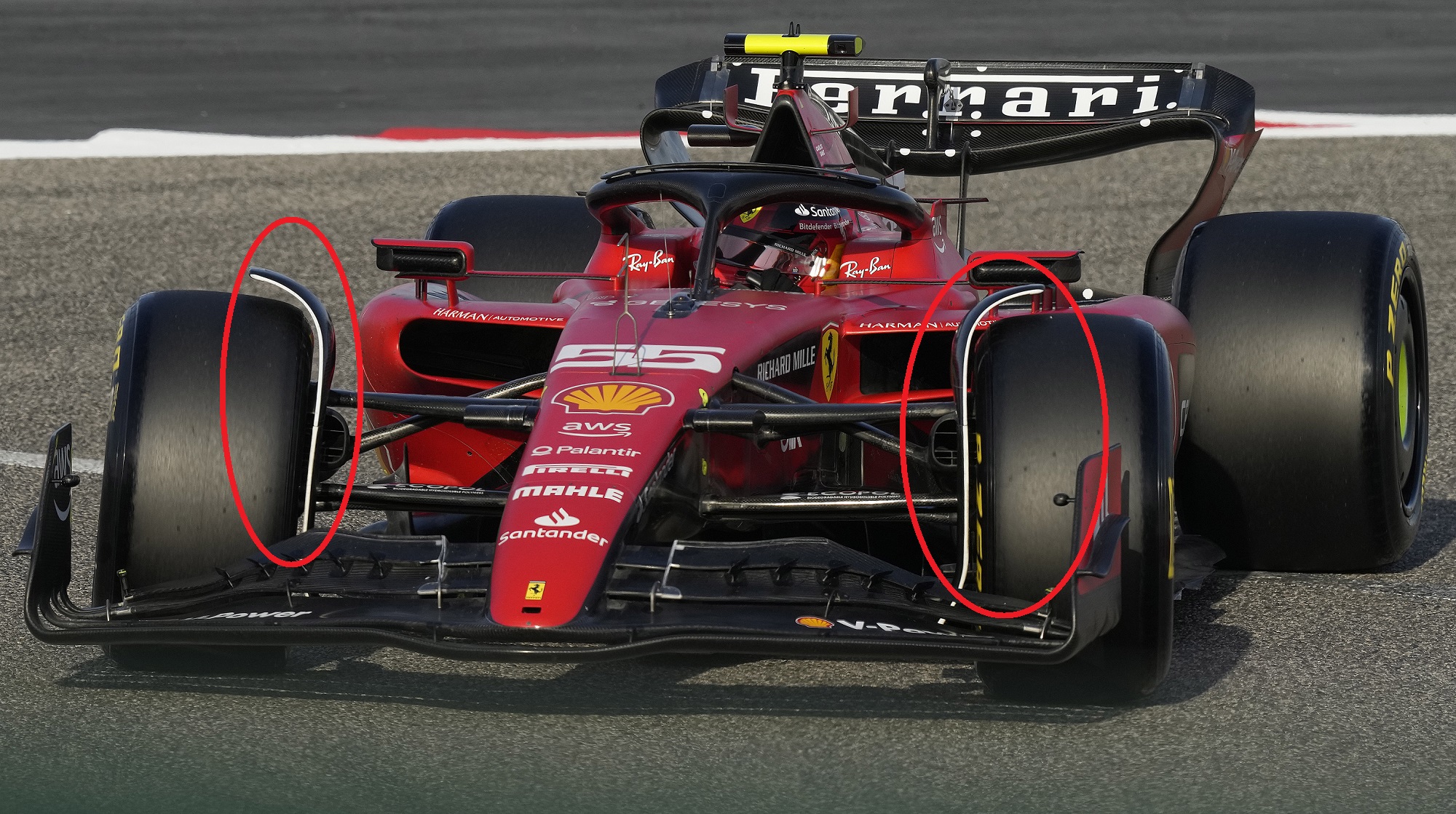
The pontoons or ‘sidepods’ are the side pieces of the car that conduct the air flow through him. They have a curved and very smooth surface that ensures that the current remains adhered. They not only work on car aerodynamics, but are also very important for cooling the engine. In addition, they protect the impact of side blows.
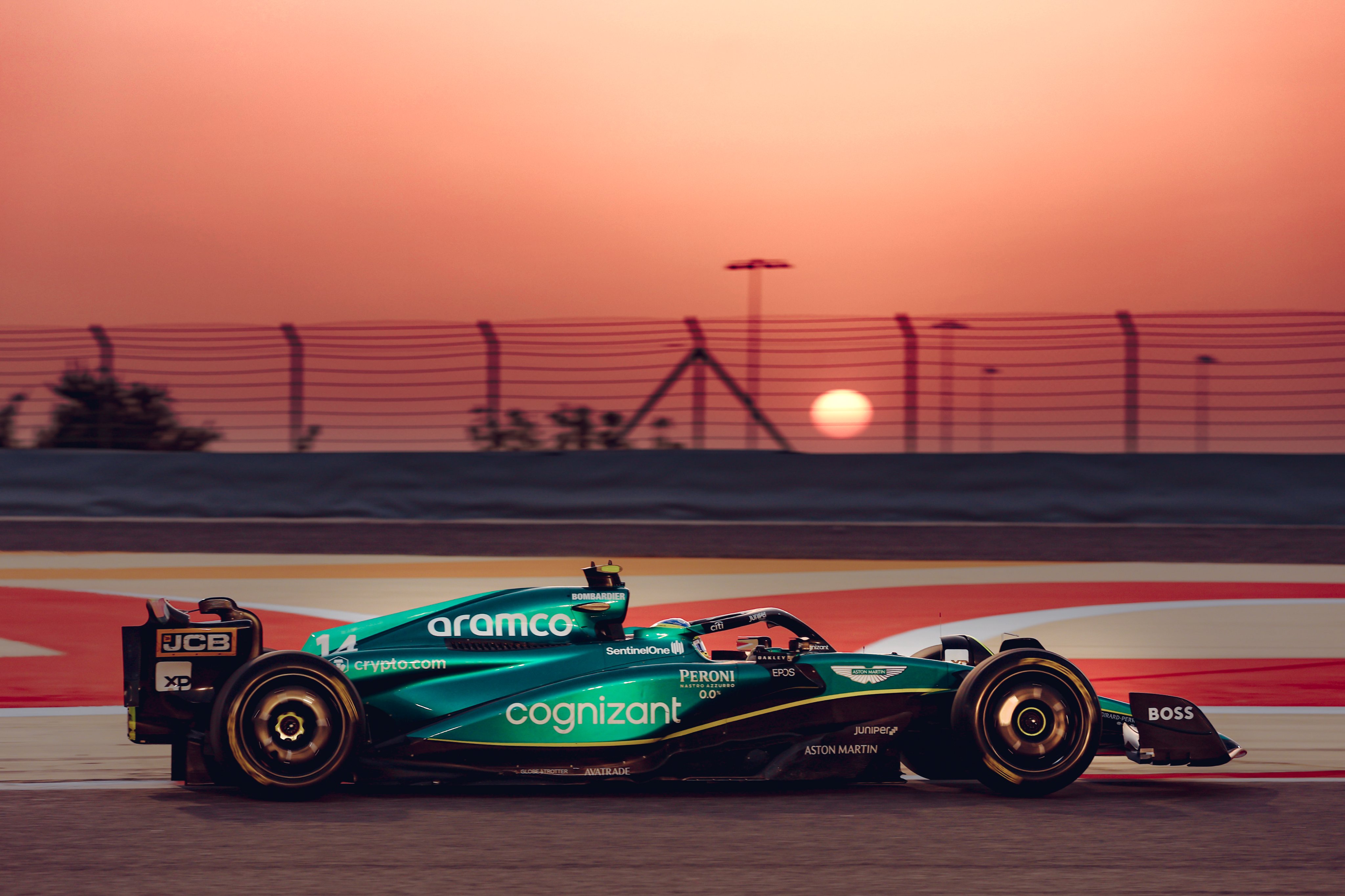
blister packs
Are the blisters forming on the tread of the tire when it overheats. Pilots must be very careful with this, as its explosion produces a vibration that could end in the loss of control of the car.
box
It is a widely known term, although it can have more than one meaning. It refers to the pit area where the mechanics work (pit box), although it should not be confused with the pit lane, which is the straight line that leads to the garages. It is also used to ask the pilot to stop.
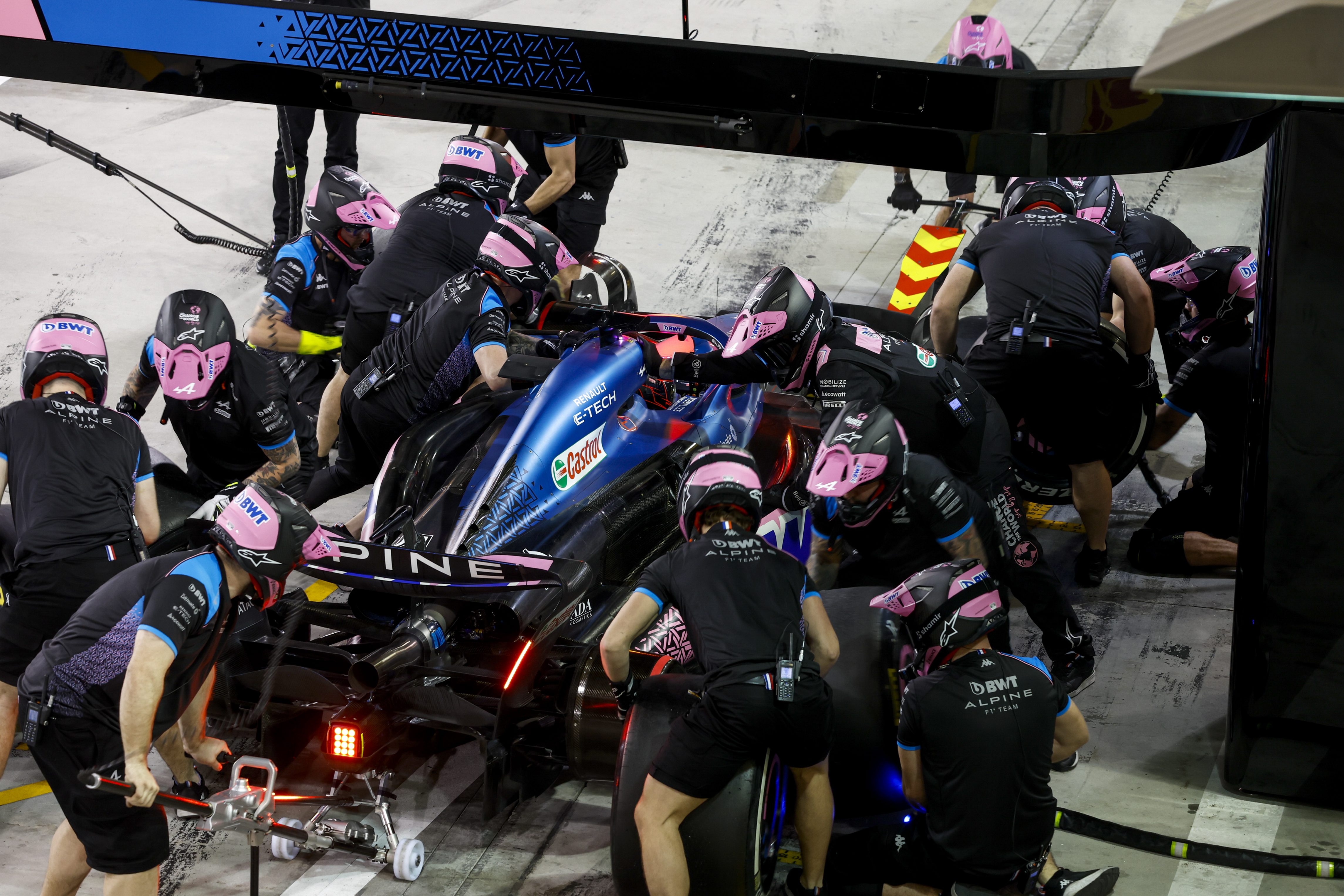
tire compounds
Pirelli has prepared a total of five compounds for this season, one more than last year with the introduction of the C1, plus intermediate and rain compounds.
- C0: It is the hardest of all and will be essential for those tracks at very high temperatures or with “very aggressive asphalt”, says the Italian company. Last year it was the C1 compound.
- C1: also hard, halfway between 0 and 2. It has less degradation than its previous version and offers better performance.
- C2: This is Pirelli’s third hard tire, and is considered the most conservative option when track circumstances are unknown. It is ideal for “fast, hot and abrasive circuits”.
- C3: the one that will be used the most because of its “extreme versatility”, since it can be considered hard or soft depending on the circuit on which it is rolled, and its great performance.
- C4: For “tight twisty tracks”, works great when instant performance is what you need, as they heat up pretty quickly.
- C5: The softest Pirelli offer and designed for slow circuits with low wear and degradation, where a lot of grip is needed.
Degradation
Degradation is often confused with tire wear. While it is true that the second can lead to the first, it is not the same. degradation is when the tire loses grip on the line when its heat limit is exceeded.
Drive through penalty
Is a sanction which is imposed on the drivers, who must pass through the pit lane at the speed indicated for this area, without making a pit stop, and return to the track.
DRS (‘Drag Reduction System’)
It is the tab of the rear wing that opens in certain areas of the circuit. Allows the car reach top speed on the straights and helps overtaking. It does this by reducing air resistance, which increases aerodynamic performance. Normally the pilots actuate it manually.
ground effect
It’s about a aerodynamic effect generated by the contrast between the low pressures created under the car as it is closer to the line and the high ones above it, which causes the car to stick to the asphalt -known as ‘downforce’- and improve grip. In this way, curves can be taken at a higher speed. The ground effect would not exist without the flat bottom, that is, the floor of the car.
porposing
It is the main consequence of the ground effect, and consists of the car bounce at the end of the straights due to the loss of aerodynamic grip with the asphalt. The solution that the FIA has presented for this season is to increase the height of the front wings to 15 millimeters and the lateral area of the flat bottom to 10.
push rod and pull rod
Are the two types of suspensions that exist in Formula 1, different from each other. While the push-rod works with compression, the pull-rod works with traction. The former is stronger, more reliable, and aerodynamically better, but turns worse. The second, for its part, weighs less and has less aerodynamic resistance, but is more delicate.
Stint
It has been a term widely used in preseason tests. The ‘stints’ are the laps that a car can take before entering to refuel or change tires. Long stints are those very long periods without stopping.
Oversteer and understeer
are issues completely opposite. Oversteering the car means the car is turning too much, as the tires exert force to the opposite side of the turn when the rears give too much power to the fronts. Understeer is the opposite, the front end grabs more than the rear, so the car turns less.
Undercut and overcut
The ‘undercut’ can be considered a overtaking maneuverAlthough it doesn’t always go well. It consists of the driver behind going in to change the tires before the one in front. The stop must be as quick as possible and when leaving the pits he must run as fast as he can to cut times on the car that he intends to overtake.
For its part, the overcut is the maneuver carried out by the pilot in front to avoid overtaking of your pursuer, and consists of entering immediately after the latter so as not to give him a chance to get closer.
[ad_2]
